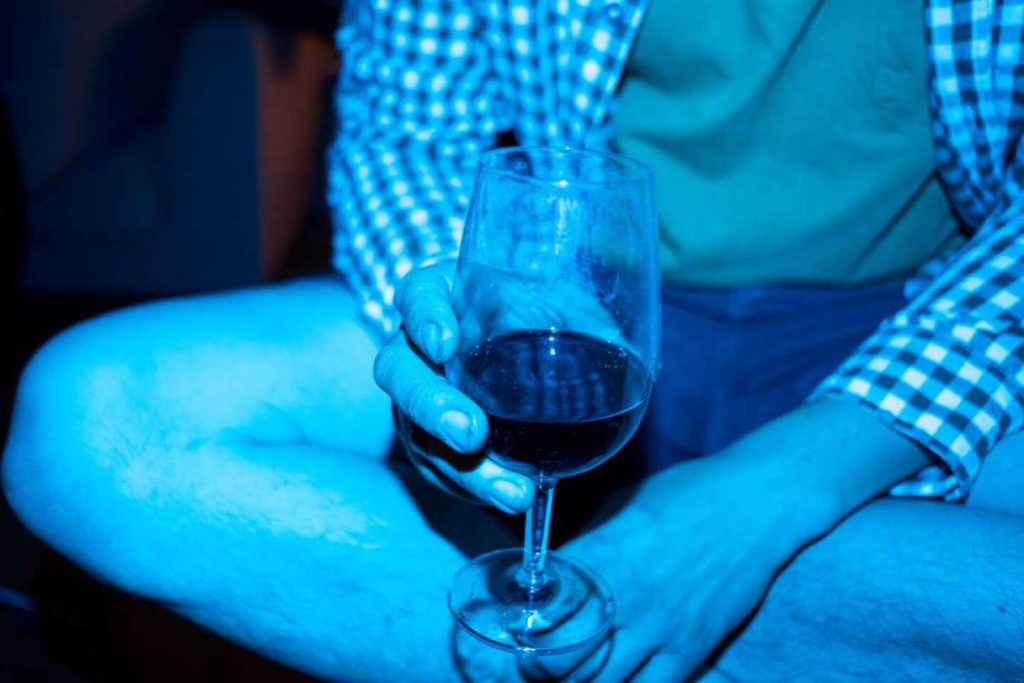A report from the European branch of the World Health Organization (WHO) has indicated that the consumption of alcohol and electronic cigarettes among 11-15 year olds is alarming. The report recommends public health measures to limit access to alcoholic beverages, such as increasing taxes, restricting sales and advertising, and banning flavored agents to counter this trend. The director of the WHO Regional Office for Europe, Hans Kluge, emphasized the serious threat that widespread use of harmful substances poses to public health.
The report, which gathered data from 280,000 young people in Europe, Central Asia, and Canada, notes that after years of decline in the use of psychoactive substances, there has been a new increase in consumption during the Covid-19 pandemic. The lockdown measures have changed the habits of 11-15 year olds, with increased online presence and exposure to digital advertising. These changes could have lasting effects on their behavior, leading to increased risks of addiction.
While smoking rates are declining, the use of electronic cigarettes is on the rise, especially among adolescents. However, only 13% of 11-15 year olds have smoked in 2022, a decrease of two percentage points from four years ago. On the other hand, 32% of 15 year olds have smoked electronic cigarettes and 20% have done so in the past 30 days. The international survey HBSC (Health Behaviour in School-aged Children) conducted every four years under the auspices of the WHO Europe office provides insights into the health behaviors of students aged 11, 13, and 15.
Alcohol is the most commonly consumed substance among adolescents, with 57% of 15 year olds having consumed it at least once and nearly four in ten having consumed it in the last 30 days. Additionally, about one in ten adolescents (9%) have been heavily drunk at some point in their lives, with 5% experiencing this at age 13 and 20% among 15 year olds. The report highlights an alarming trend of escalating alcohol abuse among young people and calls for stronger policy measures to protect them from its harms. Another concern is that young girls are drinking more than before, with 40% of 15 year old girls reporting alcohol consumption in the past 30 days compared to 38% four years ago.
On the other hand, the use of cannabis among adolescents is slightly decreasing, with the percentage of 15 year olds who have tried it dropping by four points in the past four years to 12%. The report emphasizes the urgent need for better policies to protect children and young people from the harms of alcohol and other harmful substances. It points to the normalization and availability of alcohol as a key factor in its widespread consumption among adolescents and calls for preventative measures to address this issue.


